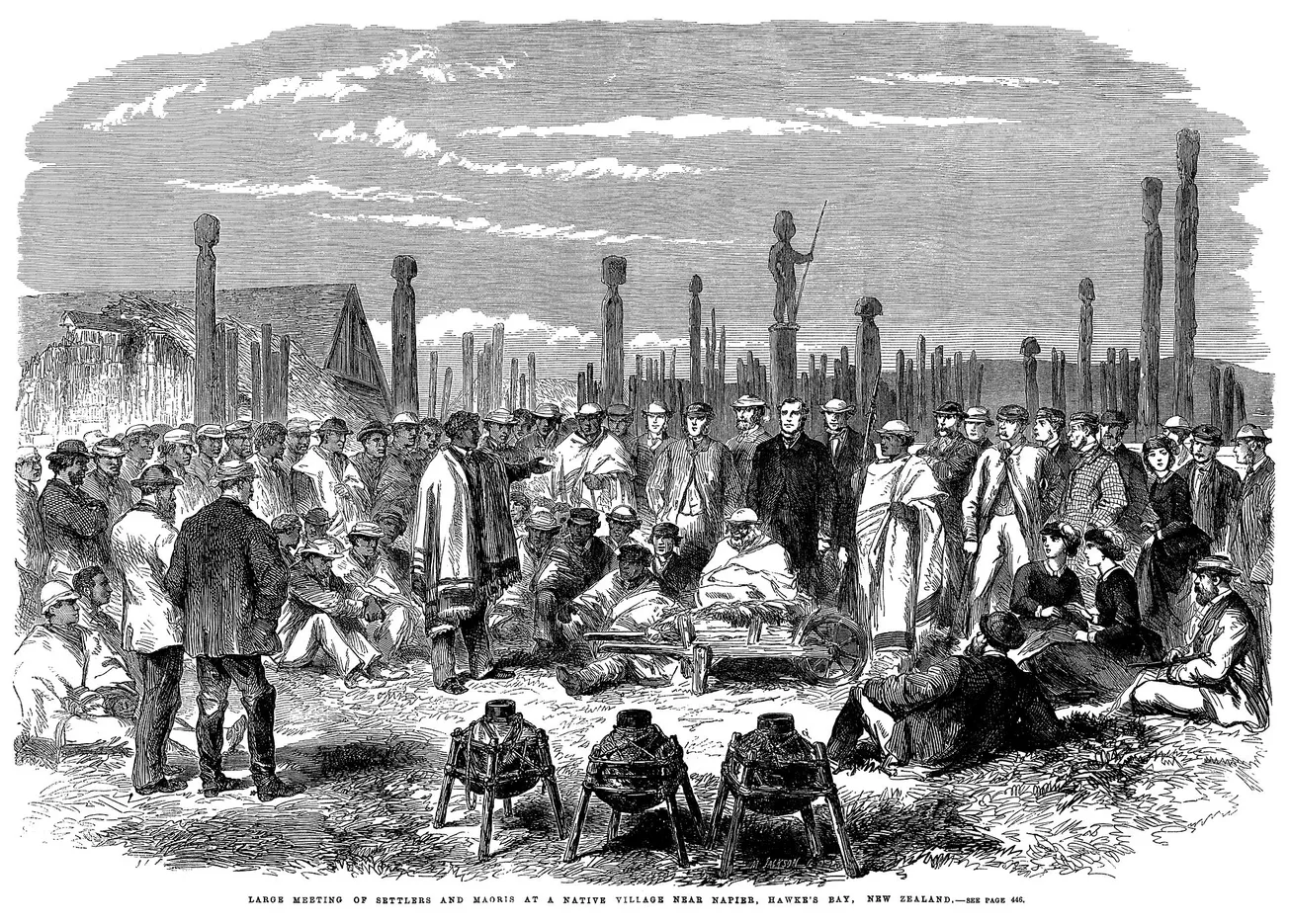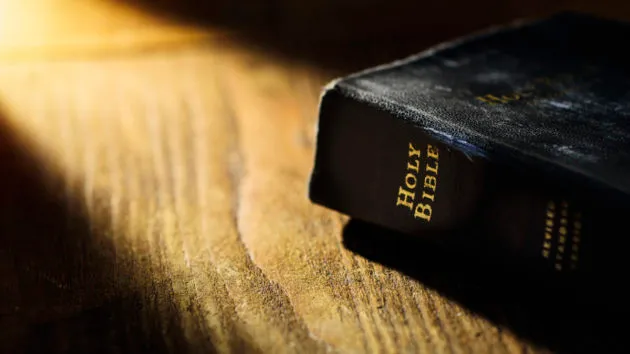Table of Contents
British Conservative politician Kemi Badenoch certainly set the grievance-mongering left a-flutter when she had the temerity to dismiss one of their biggest bugaboos: colonialism. Badenoch, an ethnic Nigerian raised in that country until her teens, rejected the demonisation of colonialism because, “[I] know what we were doing before colonialism got there.”
Nevertheless, colonialism remains perhaps the most grievous sin of “wypipol”, according to the grievance-left. Second only to “slavery”. Ignore the fact that both were the default mode of every civilisation on Earth until white Europeans forcibly stamped out the latter and then voluntarily relinquished the former.
But a balanced view of history isn’t exactly the left’s strong point. So, when they gibber about “colonising”, they only ever mean “European colonising”. Because, supposedly, colonising by brown people is somehow magical and harmonious.
Prior to human settlement, Aotearoa New Zealand had been isolated from other landmasses for around 60 million years. The result was the evolution of a unique ecosystem that was highly vulnerable to disturbances.
Then the first wave of colonisers arrived: the Maori. And, boy, did they disturb that unique ecosystem.
Maori arrived around 1300 and brought with them invasive mammals: the Polynesian dog (kuri) and the Pacific rat (kiore). Through widespread burning, Maori – either intentionally or accidentally – destroyed large areas of forest in drier eastern parts of Te Wai Pounamu (South Island) and Te Ika a Maui (North Island).
Moreover, archaeological research suggests a number of bird species were hunted to extinction, including moa and adzebill.
Not to mention those species like the Haast’s Eagle, the largest eagle ever known to have existed, that were wiped out due to the Maori competing for them with (and often wiping out) their food sources.
But, in the left version of history: Maori good, Europeans bad.
European settlers began arriving in large numbers after the signing of the Treaty of Waitangi in 1840 […]
What followed was a classic example of what’s been called “ecological imperialism”. Much of the remaining forest was transformed into grassland for sheep and cattle. Acclimatisation societies introduced other familiar animals and plants from Europe.
Purposefully and accidentally introduced species – such as stoats and ship rats – wreaked havoc on the native wildlife. Within a few decades of European colonisation, several birds went extinct, including the huia, the piopio and the laughing owl.
So… how is this any different to what the Maori had done, just a few centuries earlier? Oh, but they had “a strong spiritual connection with the land and a sense of responsibility towards nature”.
Except, y’know, when they were hunting and killing species to extinction and burning down vast tracts of forest. No doubt, ever so “spiritually” and “responsibly”.
What makes this bastardisation of history so mendacious is not just its blatant racism that holds the whites of the 19th century to a completely different standard than the Maori of the 14th, but the tacit admission that history is being twisted to ideological ends.
Despite the long history of environmental change, it is the transformation of the landscape in the 1800s that occupies the most prominent place in New Zealand’s collective memory, relative to other periods. The reason is fairly simple: the era provides what memory scholars call a “usable past” – usable because it helps to construct a distinctive New Zealand identity in the present.
Newshub
Tu quoque: you, too, pal. You’re using the past to push a lopsided narrative that when Maori arrived and reshaped the environment to suit their purposes – violently and destructively – it was something spiritual and special, but when white Europeans did the same it was bad.









